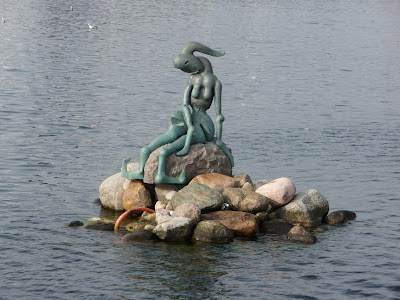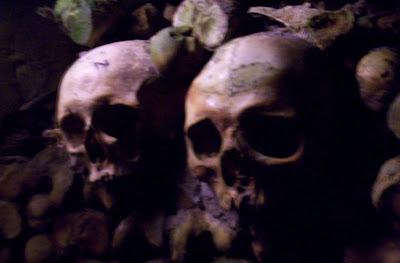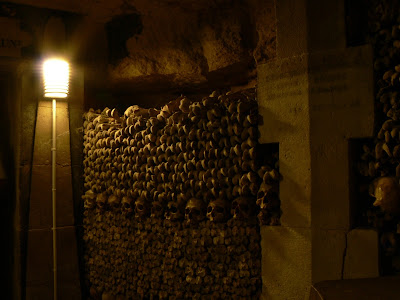Given the storm it has created in
Australia, I was surprised to discover this week on a visit to Papua New Guinea that many PNG residents seem relatively unfazed
by the plan to send Australia’s asylum seekers there.
While it continues to dominate the
headlines of Australian newspapers, in PNG the story has been bumped to a minor
story on page 3 or 4 while the royal birth occupies more important space.
Though talking to a few residents, this is
probably more a reflection of the local laid-back style than acceptance of the
plan as a fantastic idea. They’re also
fairly used to their politicians doing questionable things in open and behind
closed doors.
I had expected some people to be outraged
that their country had suddenly become Australia’s “asylum seeking dumping
ground”, or concerned about the long-term impact on the country’s infrastructure
and communities from the influx.
But, and the Australian Government
obviously recognised and capitalised on this, for this developing country,
money talks.
For many PNG residents I spoke to, they
believe if asylum seekers know they will end up in PNG that will be a
sufficient deterrent to those heading to Australia in the first place. Not sure what that says about their own
perception of their home, but I’m presuming these residents don’t work for PNG
Tourism.
In fact some reckon they won’t end up
getting any, but more importantly, still be able to pocket the money
Australia’s put on the table to fund desperately-needed infrastructure.
And if there is a massive influx, some
locals joke that Manus Island will blossom into some cosmopolitan metropolis as
a result of Australia’s infrastructure spending on the island.
Still, just like PNG can sometimes be “out
of sight, out of mind” for many Australians, so too is Manus Island to many Papua
New Guineans.
Strangely, the detail of how or if any
asylum seekers would ultimately be settled in PNG has yet to really be
determined. It’s clear this is the
Australian Government’s intention, but not necessarily the PNG Government’s.
And in amongst all the scheming and dreaming are the actual asylum seekers, presumably making the
perilous journey in the first place to seek a better life for themselves and
their families.
.JPG)































